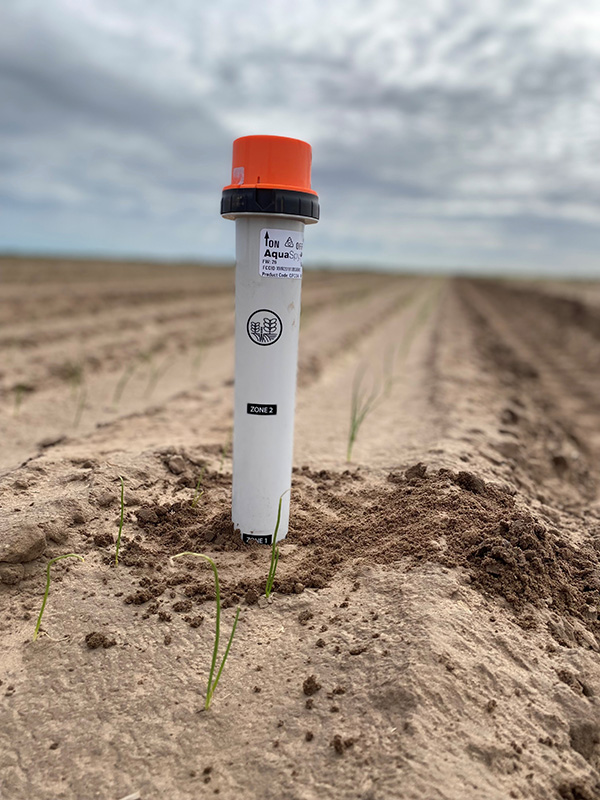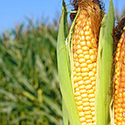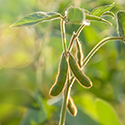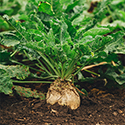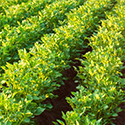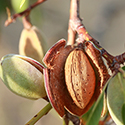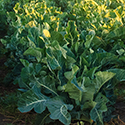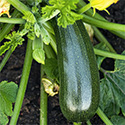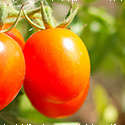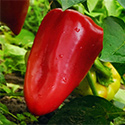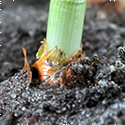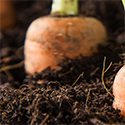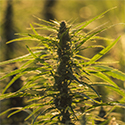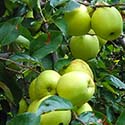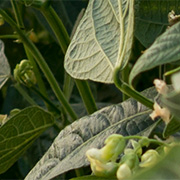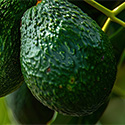Better onion & garlic farming strategies
- Garlic (Allium sativum) is a hardy perennial member of the onion family. It was one of the first herbs to be cultivated.
- Garlic produces a number of small bulbs called cloves rather than one large bulb like onions (Allium cepa)
- Garlic is used as a condiment and flavoring in gravies, sauces, soups, stews, pickles, salads, dressings, breads, etc.
- Garlic contains vitamins A and C, fiber and amino acids.
- United States farmers plant 24,000 acres of garlic annually, with total production of 400 million pounds.
- Onions are the fourth most consumed fresh vegetable in the United States behind potatoes, tomatoes and sweet corn.
- There are fewer than 1,000 onion farmers in the United States. The United States ranks third behind China and India in the world for onion production.
- In 2017, the annual per capita utilization of onions was 21.9 pounds per person (fresh and dehydrated; fresh accounts for more consumption).
- Onions are a good source of dietary fiber and vitamin C.
- United States farmers plant about 125,000 acres of onions each year, producing 6.75 billion pounds.
- Egyptians worshipped the onion because they believed its spherical shape and concentric rings symbolized eternity.
- United States onion consumption has increased 50% in the last 20 years, says the National Onion Association.
- The oldest known onion harvest dates back to around 5,000 B.C.
Growing onions & garlic
- Mix compost or organic matter into the soil when planting.
- Garlic and onion plants prefer slightly acidic soil with a pH of 5.5. to 6.5.
- Garlic roots grow from all sides of the garlic bulb’s flat plate of the underground stem. A mature garlic plant has around 40 to 60 roots.
- Onion roots are generally 10” to 16”.
- Garlic grows best in areas with cold winters and mild summers. Onions are cold-season crops.
- Garlic harvest typically happens in July or August. In warmer climates, you can harvest them in spring, but only certain varieties will perform well in warm climates.
- Irrigation is most important right after seeding.
- Onions are ready for harvest from August to October and are considered mature when two-thirds of their bulb is visible above ground.
- Mature garlic bulbs contain anywhere from a few to more than 20 cloves.
- Garlic plants emerge in 50 degrees Fahrenheit to 68 degrees Fahrenheit; roots will appear faster in lower temperatures and slower in higher temperatures.
- An average onion yield is 650 to 800 40-pound boxes per acre.
- If you plant 10 pounds of hardneck garlic, you should harvest between 40 and 60 pounds. If you plant 10 pounds of softneck garlic, you should harvest between 60 to 100 pounds of garlic.
The onion and commercial garlic growing markets
As one of the most important ingredients in world cuisine, people use garlic to cook numerous dishes. Global garlic imports rose 13% to 2.5M tonnes in 2020 ($3 billion), boosted by an increase in home cooking and garlic’s reputation as an immunity booster. The average garlic import price was $1,185 per tonne in 2020.
The global garlic market size is projected to reach $635.3 million by 2026 from $542.6 million in 2020.
Onions are divided into three marketable categories: spring (“green”), summer fresh market onions and fall/winter storage (“dry bulb”) onions. Onions are grown commercially in more than 20 states with the top four states being Washington, Idaho/eastern Oregon, California and Georgia.
In 2017, approximately 138,000 acres of onions (spring, summer and storage) were harvested with average yields of 503 cwt per acre. About 71.9 million pounds of harvested onions were utilized in the United States with an estimated value of $971.2 million. The estimated gross value per acre is $7,530.
Onion & garlic farming challenges
Plant garlic in a well-drained bed in fall in early to mid-November with a goal of establishing roots at first and little shoot growth. Add organic matter to the soil, particularly if the soil is harder clay. Planting too early will develop green shoots before roots are fully developed, desiccating the clove. Plant cloves 1” to 3” deep and 6” apart in rows 12” to 14” apart. Planting too close will result in competition between plants for sunlight and nutrients. In colder areas, you can plant them slightly deeper. Mulching with 6 inches of straw or shredded leaves helps protect bulbs from severe cold and conserve moisture. Irrigate immediately after planting. Use rich, well-balanced compost and slow-release fertilizer.
Garlic is a heavy-feeding plant, so it won’t grow to a decent size if it’s lacking in nutrients. But also take care not to use too much nitrogen or this will result in large leaves and small bulbs, as well as reduced storage life. When it comes to nutrient uptake, garlic roots are not efficient because of a symbiotic fungus that is typically found on their roots. Feed garlic plants with phosphate to boost plant health.
Watch foliage for any change (softer yellow or brown leaves) since it’s a first sign of disease.
Practicing rotation when planting garlic is a good idea. Don’t plant garlic where onions have been grown previously. Since garlic requires nearly eight months to mature, plant in an area that won’t be disturbed.
Growing onions starts with well-drained, fertile, loose soil. Add aged compost to improve soil texture.
You can plant onions in fall or spring, but fall usually results in larger, better tasting onions. A fall crop needs four to six weeks of warm temperatures to become established. They remain dormant during the cool season but are primed and ready to grow when spring arrives.
Onions are heavy feeders and need constant nourishment. Fertilize every few weeks with nitrogen.
An excess of water can cause waterlogging when growing onions. They rarely show signs of drought so make sure to water during dry conditions. This is to prevent bolting, which is when a stressed onion plant speeds up flower development.
Don’t plant onions in the same place year after year; practice crop rotation.
Nitrogen Use Efficiency for Garlic and Onions
The accepted figure for onions NUE worldwide is 40-60% meaning that on the average well over 1/2 of the applied nitrogen is lost to leaching, denitrification, volatilization, or immobilization (conversion to organic matter). The accepted optimum distribution of nitrogen fertilizer in any form is around 160 lbs/acre for drip irrigation.
How can the nitrogen use efficiency be improved?
- Applying nitrogen in smaller amounts with higher frequencies can produce higher yield with improved efficiency
- Newer drip irrigation systems can use nitrogen more efficiently than traditional furrow systems
Onion and garlic analytics

Contact Us
AquaSpy Crophesy for onions and garlic
With a Crophesy annual subscription, you receive a free simple, three-sensor, wireless, soil moisture probe. Place these rugged, water-tight probes throughout your onion/garlic field and connect them to the app via your smartphone.
Then you can instantly monitor soil and crop health for all of your onions/garlic. And if you want to test the soil in other areas, you can quickly and easily move the moisture probe, which is battery-powered and provides season-long insight.
While you can look at the visual analysis of leaves, spending hours in your field, Crophesy enables you to open your app from anywhere and show you what kind of nourishment is available in your soil at your onion/garlic crop root depth. With this data, you can determine when the active root zone needs vital nutrients.
In addition to nutrient data, the Crophesy app can show you:
- Moisture consumption at the root level
- Salinity level in the active root zone
- Root depth
- Soil temperature near the sensors
- Irrigation depth
And it tells you all this without you having to step foot in your onion/garlic field.
